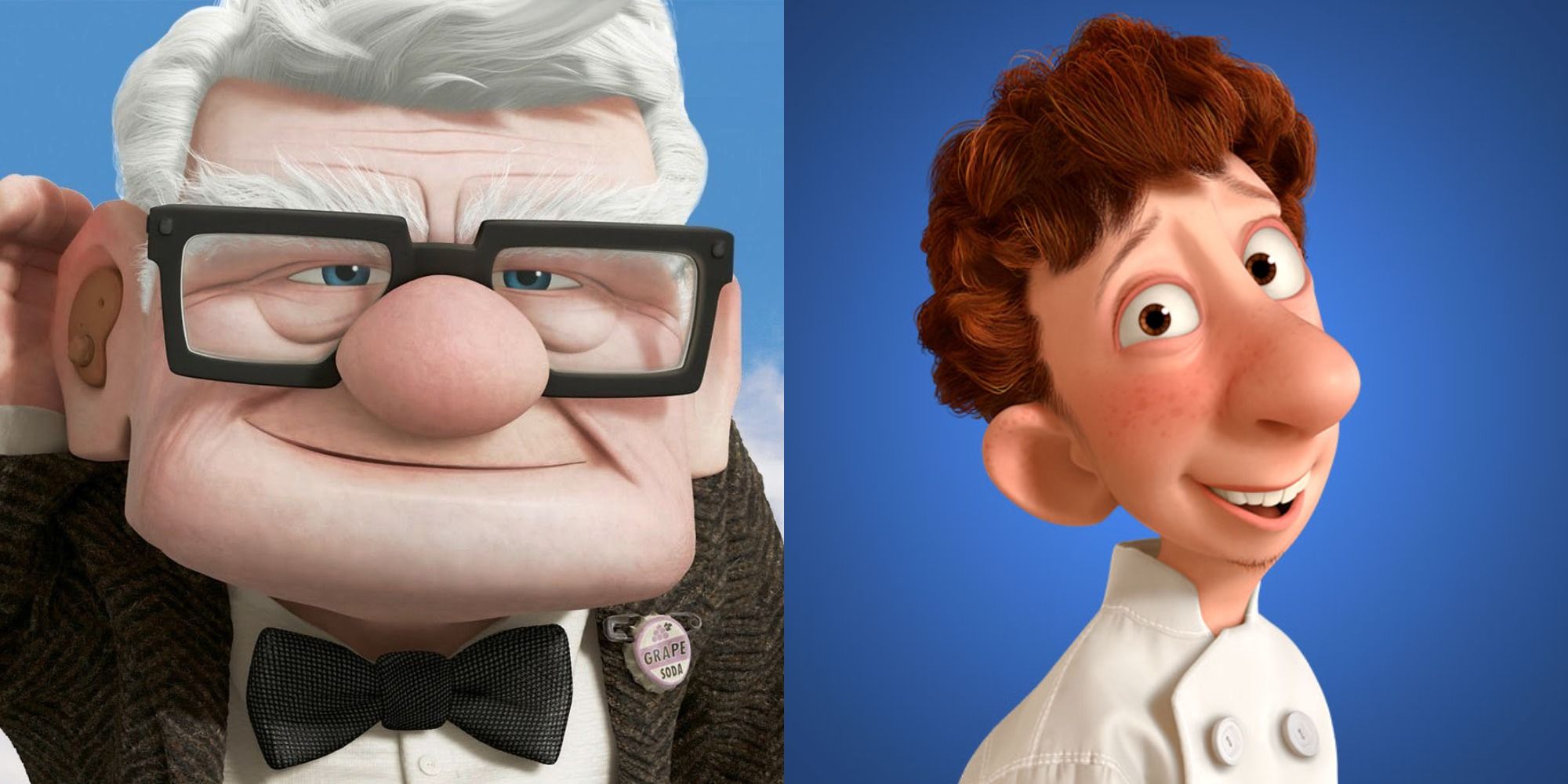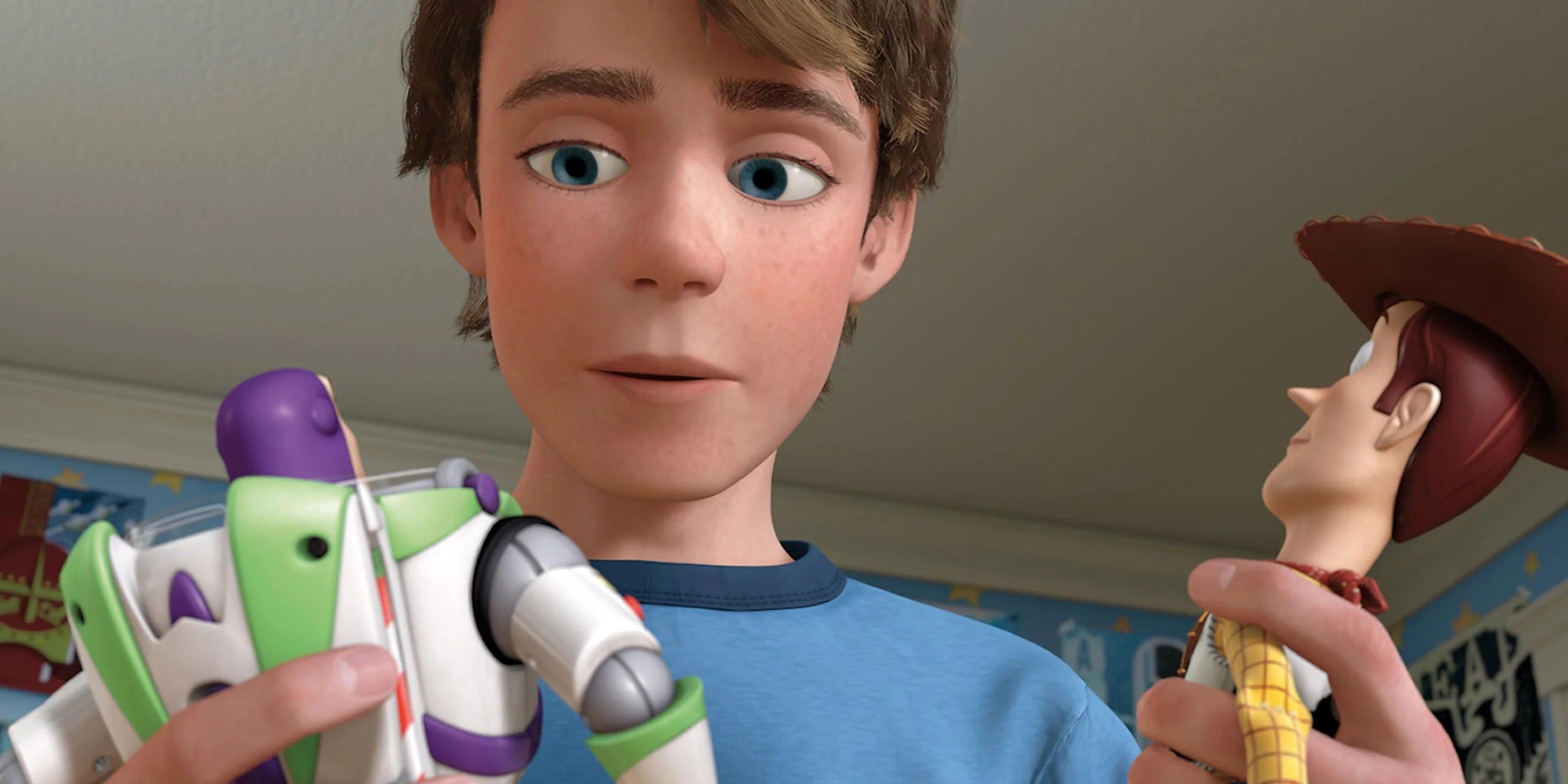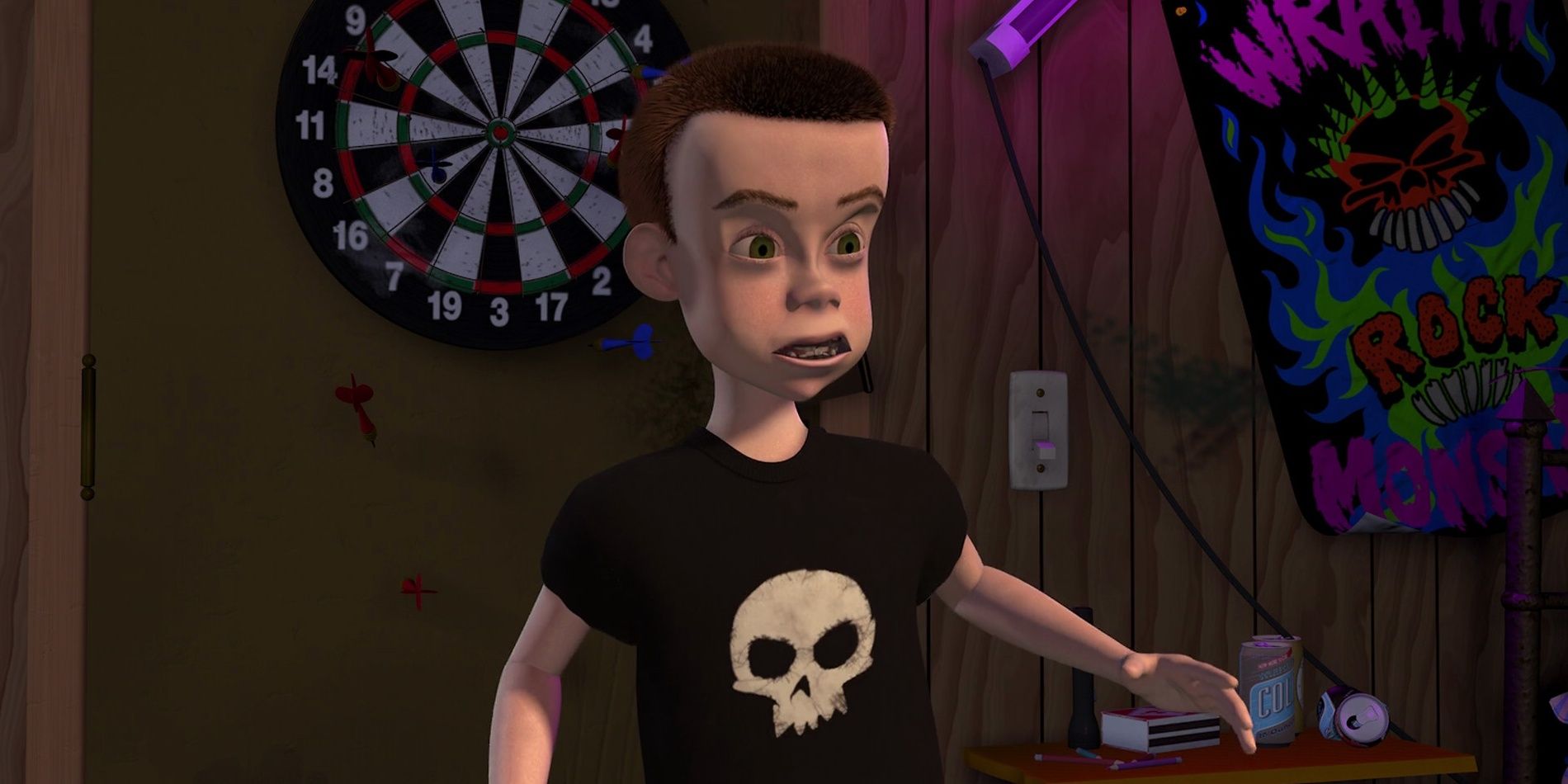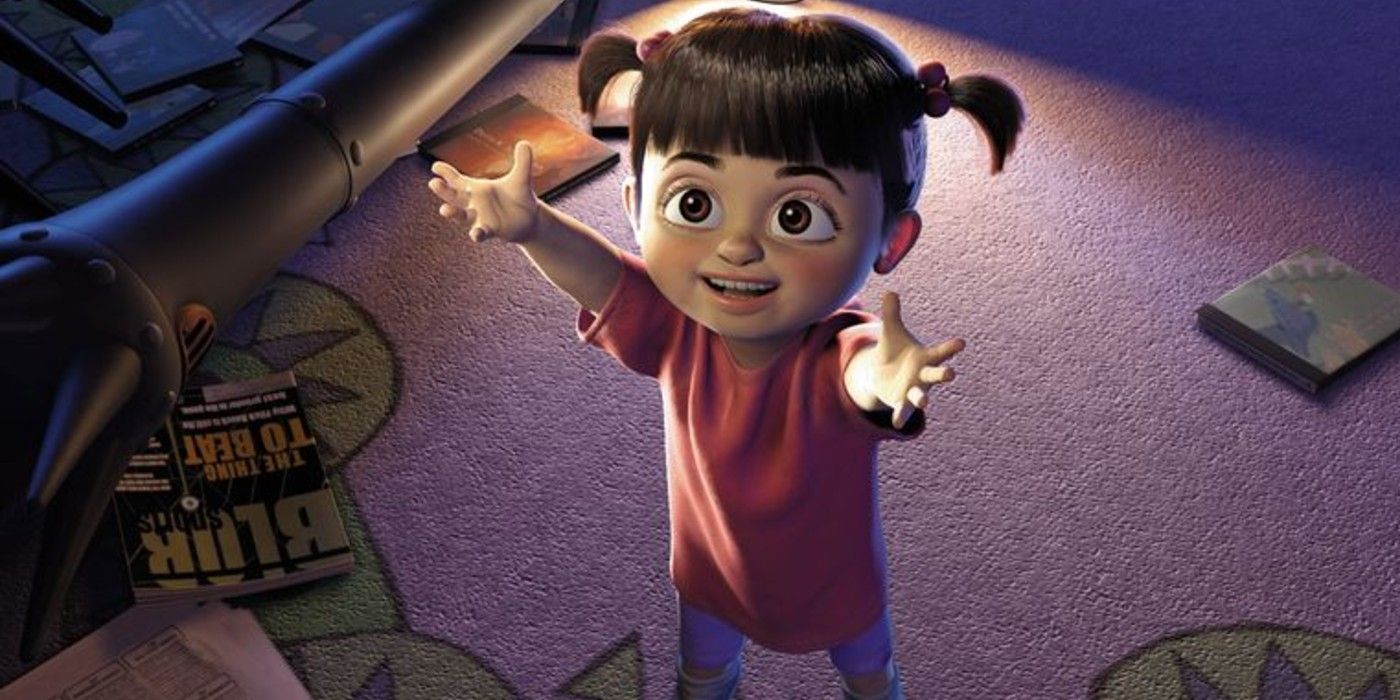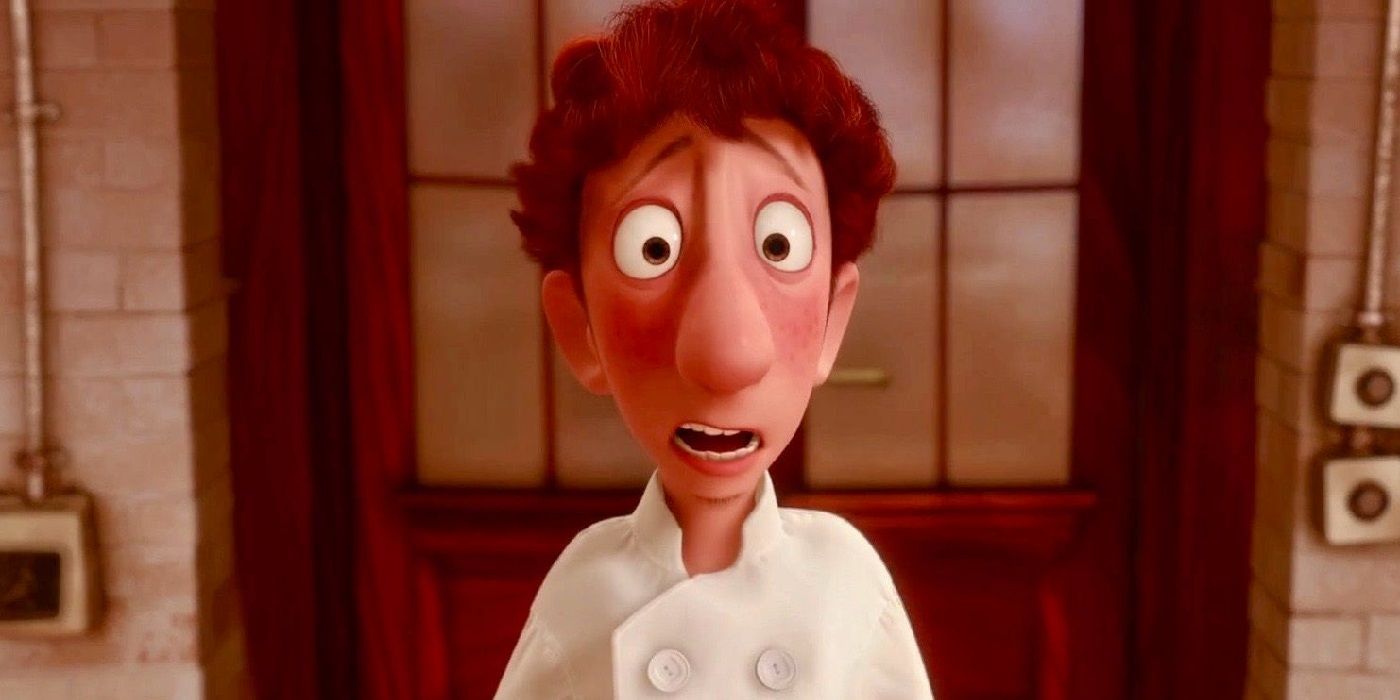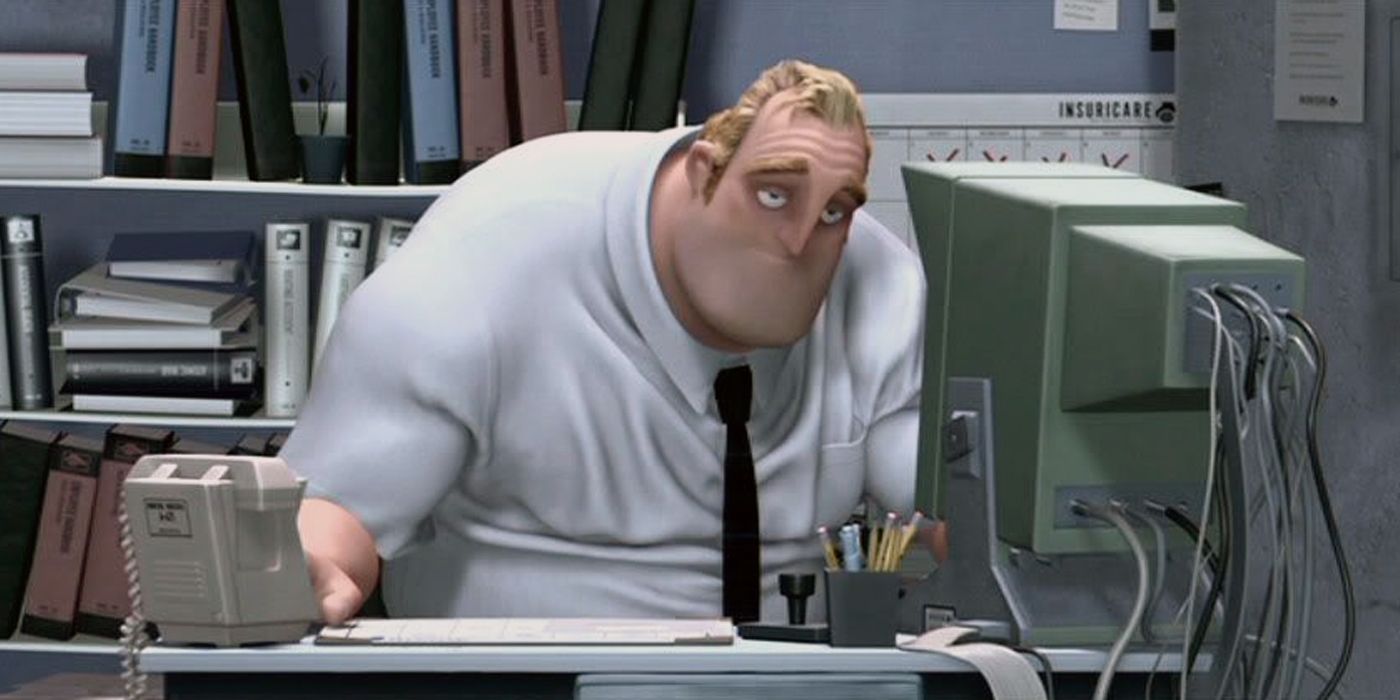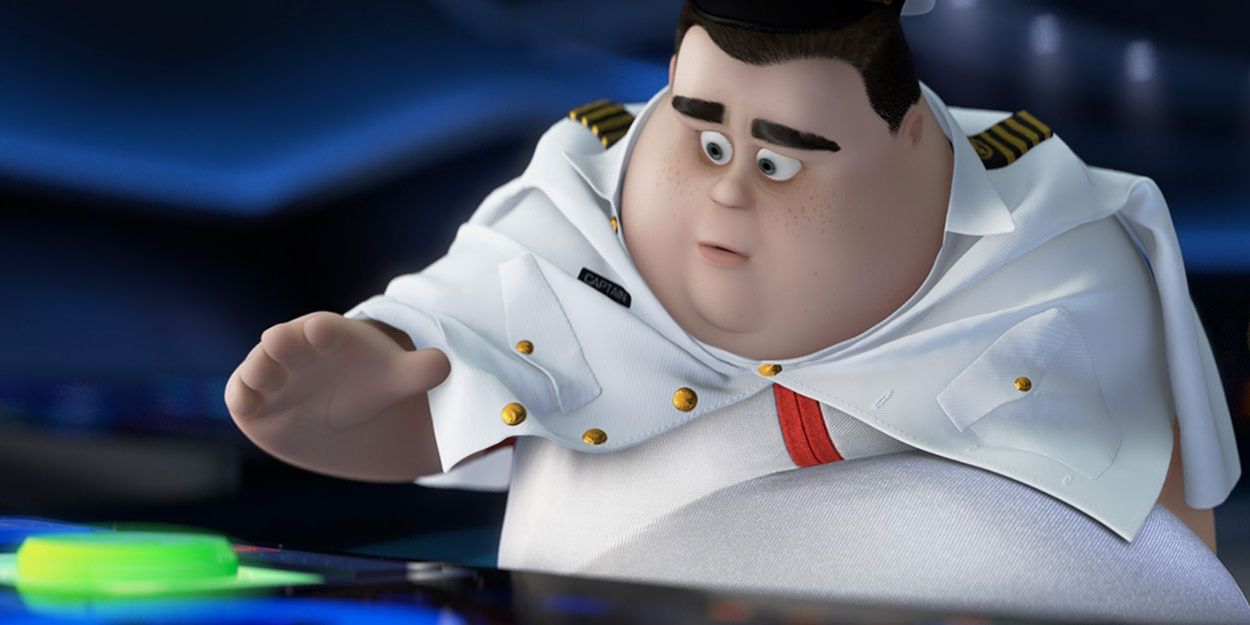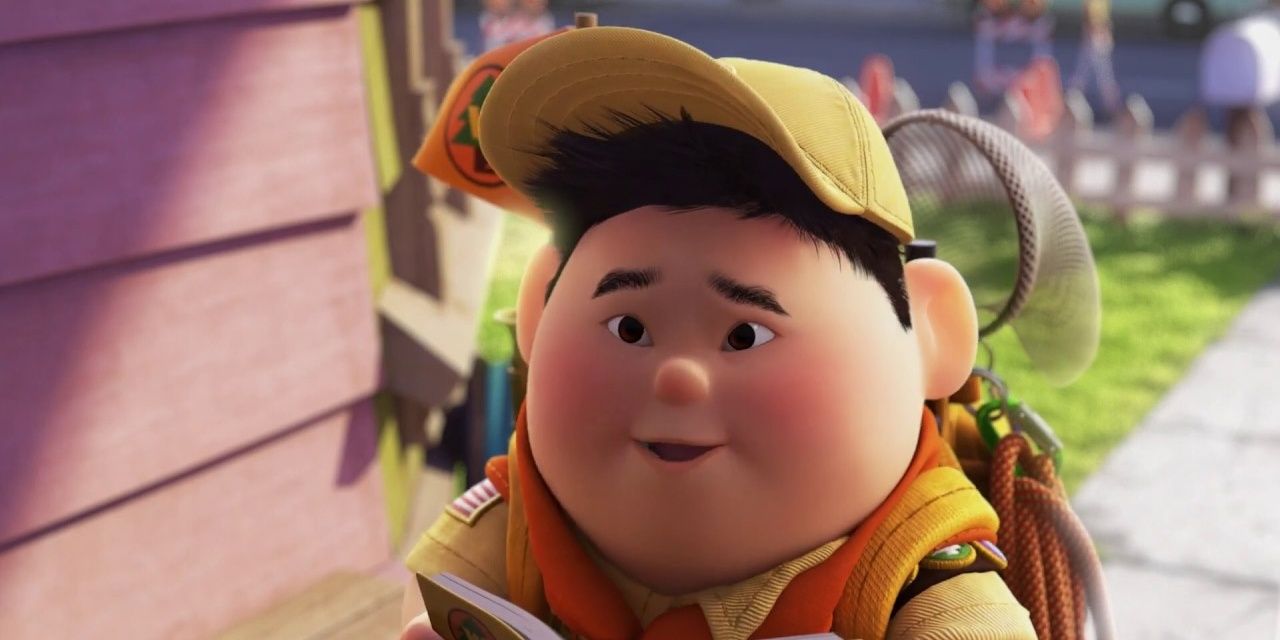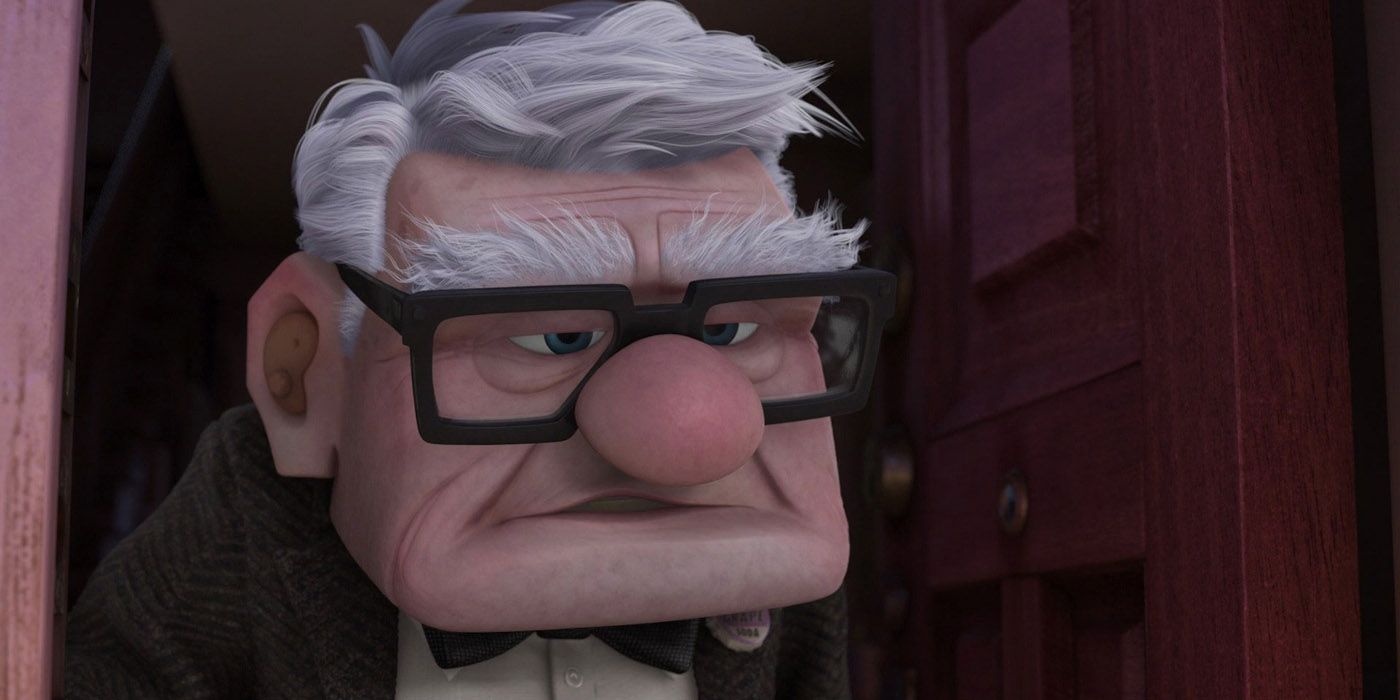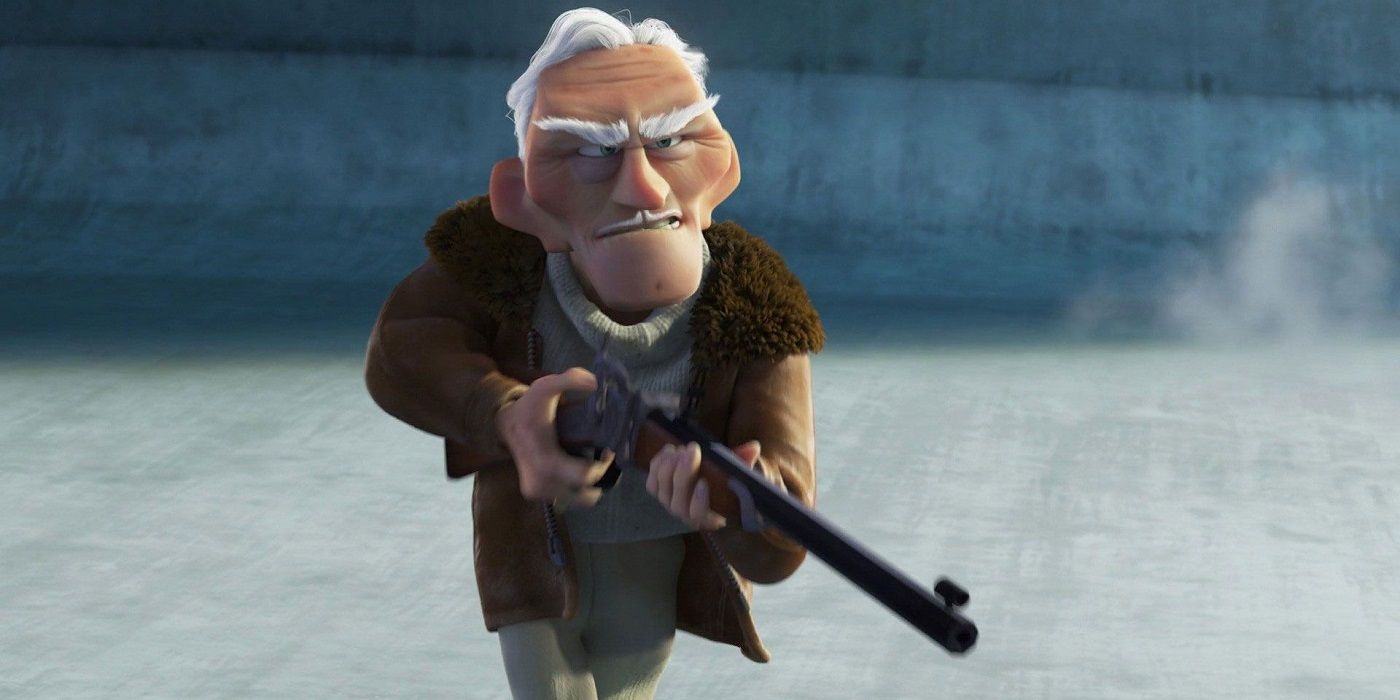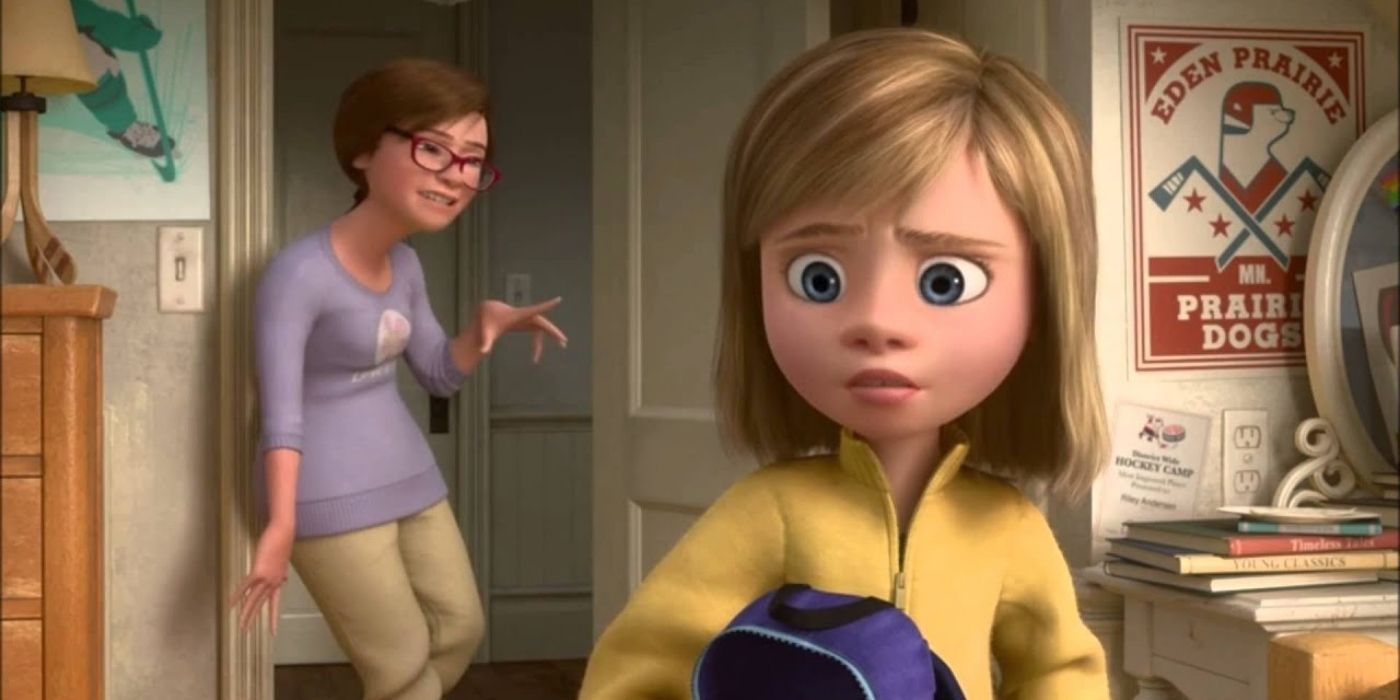Pixar has mastered the art of character creation, a trend their upcoming movie, Turning Red, promises to continue. In the trailers, Mei Lei is outspoken and emotive, two characteristics that clearly connect to the problem that will propel her adventure.
If she follows in the footsteps of her predecessors, she will prove to be relatable, entertaining, and teach powerful lessons that connect with the overall theme of her movie. While animals like Finding Nemo's Dory and inanimate objects like Toy Story's Woody often take center stage, the human characters Pixar creates are equally memorable.
Andy (Toy Story)
Though clearly not the main character of Toy Story, Andy served as the heart of these movies. From the opening scene, his imagination draws the audience into the narrative by the stories he tells. At every turn, his love and affection motivate Woody and the others in all they do. Because of how he treats them, they want nothing more than to be with him, and it's easy to see why.
Andy is creative, caring, and careful with his toys. The audience even watches him sew Woody's arm at the end of Toy Story 2, a touching picture of his love. And, when he finally gives his beloved toys to another child, he demonstrates a healthy way to transition into adulthood, while honoring his childhood.
Sid (Toy Story)
Every good protagonist needs a good antagonist, and Toy Story's Sid is one of the most memorable. Sid stands in Woody and Buzz's way of achieving their goal of getting back to Andy, but on a larger scale, he also stands in the way of every toy's desire to bring a kid joy. Contrasting sharply with Andy, he destroys toys and torments his little sister by destroying hers.
While he is certainly creative, it's in a destructive way that ultimately leads the toys he's tortured to rebel. This is the ultimate catalyst for Woody and Buzz to bond and drives them to work together to get back to their true owner. He is far from likable, but he is definitely interesting! And through him, Pixar shows the value of creativity over destruction.
Boo (Monsters Inc.)
Like Alice Through the Looking Glass, Boo stumbles into a new world in Monster's Inc. Her presence kicks off a series of wild events that ultimately change the monster world for good. Though Boo doesn't have many words, those she does say stick with the audience.
Boo's chaotic, joyful presences forces Mike, Sully, and the rest of their community to question long-held fears about something they don't understand: children. And her time with them changes her as well. Boo grows through the movie, conquering her fears and standing up to her personal monster, Randall.
Linguini (Ratatouille)
In a movie that managed to make rats cute, cuddly, and downright delightful, Ratatouille offers a fully-relatable human character in the form of Linguini. Clumsy and awkward, this garbage boy starts off trying to keep his head down when Remy the rat knocks his life off course.
Though it takes some convincing, he quickly agrees to work with the unlikely chef, and in the process discovers his own unique talents. A perfect example of a well-done slap-stick, Linguini stumbles straight into our hearts as he makes the right decisions even when it's hard. As usual, Pixar parallels Linguini's journey of learning to be himself brilliantly with Remy's and offers a powerful lesson to the audience.
Mr. Incredible (The Incredibles)
One of the most important reasons for Pixar's success is its ability to connect with audiences across the age spectrum by tapping into relatable struggles. In The Incredibles, Mr. Incredible represents a battle almost everyone can understand: life not turning out as planned.
Forced out of what he considers his calling, Superhero Mr. Incredible fights to protect the team he loves without losing his own sense of identity. His earnest efforts paired with his hilarious — and accurate — assessment of life in suburbia, make him intensely empathetic and his struggle to find fulfillment is profoundly relatable.
The Captain (WALL-E)
Another incredibly well-crafted character is The Captain in WALL-E. He's first introduced just waking up, a fantastic scene for a character becoming aware for the first time in a long time. Lulled into a deep sense of sluggishness by a long journey with no end in sight, The Captain receives a wild wake-up call when little Wall-E bursts into his room and presents him a sign that it's time to return to earth.
When the ship tries to resist him, however, The Captain is faced with a choice: does he trust the system that has kept him and his crew alive for so long, or does he risk changing his worldview so humanity has a chance to thrive? His fight against this authority figure, Auto, is a powerful lesson for both kids and adults that it is okay to change our minds when given new information. Watching him wake up and take control is both entertaining and inspiring.
Russell (Up)
In Up, Wilderness Explorer Russell bursts onto the screen with youthful enthusiasm. He is the first note of joy after the mournful score accompanying the emotional moment where Carl loses his wife. Determined, loyal, and exuberant, Russell brings light back to Carl's dreary world.
Though idealistic and innocent — and sometimes a touch gullible — he never allows Carl to walk over him. Russell stands up for what he knows is right, shares what he has, and challenges the adults around him to do the same. In one of the most touching moments of the movie, Rusell is even able to use vulnerability to help Carl heal from his own grief and start to live again. He is the symbol of the future in this film, calling Carl out of the past.
Carl Fredricksen (Up)
When it comes to unlikeable characters, Carl Frederickson is one of the most sympathetic. Grumpy and cynical, it would be easy for the protagonist of Up to come across in a way that makes him difficult to relate to but this couldn't be farther from the truth.
Snarky and stubborn in the best possible way, Carl stands up to corporate bullies to protect the home he shared with his wife, Ellie. Refusing to let them win, he comes up with the most fantastical way of escaping the destruction of his beloved house and sets off for a place he and his wife dreamed about visiting for years. When his adventure is thrown off track by Russell, his journey toward healing from grief and learning to move on is something audiences desperately need.
Charles Muntz (Up)
Sometimes the best characters serve as a warning to audiences. Up's Charles Muntz is a brilliant contrast to Carl Fredrickson. Initially seen as a hero who Carl looked up to both as a child and as an adult, Muntz inspired Carl and Ellie's sense of adventure. But he also forces Carl to reconsider the path he's decided to take.
He is a peek into the future, the kind of man Carl could become if he refused to let go of the past and his definition of adventure. Muntz is a highly entertaining and relatable villain, interesting because of his inventions — who doesn't want to hear the inner monologue of a dog? — and empathetic because of his struggles. He wants to be believed, something audiences can relate to deeply.
Riley (Inside Out)
A bit like Andy, Inside Out's Riley walks the line of being the main character and a side character. most of what we learn of her comes from the observations of her emotions. But we learn a lot. At the helm of her entire personality is Joy, a bubbly character who wants nothing more than to quiet sadness. We see Riley fight to bring joy to everyone around her and ignore the less pleasant emotions she's feeling.
Until she can't.
When a massive move changes Riley's life and she refuses to allow herself to express her sadness, Anger, Fear, and Disgust take over until eventually, she goes numb. Then, when Sadness is finally given the wheel, Riley is finally able to find Joy again. Riley teaches the audience that it is okay to be sad and to share this with others.

